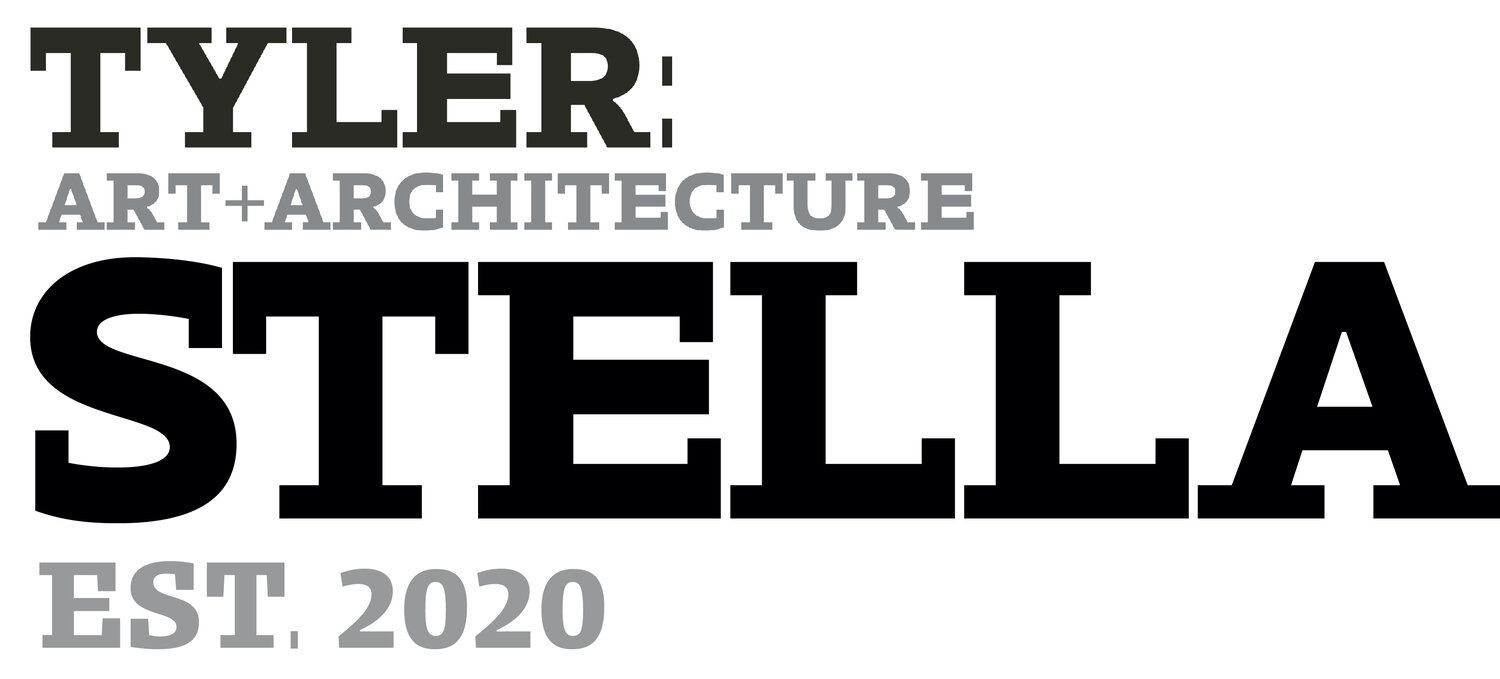Zoe Kilgore
Zanele Muholi (b. 1972), Bona, Charlottesville, 2015, gelatin silver print Exhibiting Opacity: Black Lives on Display
Throughout history, the status of the African diaspora in the Western world has been chronicled through their presence and exposure in art. Whether taking up an iota of space as a servant in the margins of aristocratic portraits, being racially categorized through casta paintings, or being erased entirely in favor of whitewashing history, Blackness has been both everywhere and nowhere in art. It is only within recent years that the Black experience has come to be truly valued in the art world. This is partly an attempt by white museum spaces to reckon with representation after centuries of erasure, as well as a call to arms by Black artists to occupy these white spaces and overwhelm the majority. This research project is an exploration of the transition from Black invisibility in colonial landscapes, into an oversaturation of representation in visual culture to the point of Black fetishization.
Frederic Edwin Church, The Vale of St. Thomas, Jamaica, 1867, oil on canvas Picturesque landscape paintings, particularly American landscapes, are closely linked to enslavement histories. Here, renowned landscape painter Frederic Edwin Church (b. 1826, d. 1900) painted the valley of St. Thomas, the site of one of the largest plantations in Jamaica, but the average viewer would be unaware of this as all human life and evidence of slave labor have been erased to create an idyllic landscape. Plantation owners often owned copies of these paintings, suggesting a twisted awareness of the inhumanity of slavery and a desire to rewrite history through artificiality and the beauty of nature.
Jacques Amans, Belizaire and the Frey Children, 1837, oil on canvas This painting by Jacques Amans (b. 1801, d. 1888) is an example of Black erasure in the literal sense, as the servant pictured was deliberately painted over until conservation efforts revealed him in 2021. He is painted in an unconventional naturalistic manner, appearing relaxed and not providing an act of service, shedding light on the complicated relationship between the enslaved and their enslavers’ families – a relationship both inhumane and intimate. The piece covers up a dark family history at the cost of denying a Black subject his visibility and humanity.
Zanele Muholi (b.1972), pictured above, creates work that explores intersectional identities while responding to different histories and environments. Here, she connects to histories of surveillance, visibility, and privacy. The viewer is put in a position to scrutinize Muholi in a private, intimate setting, engaging with a long history of the Black body being undermined and used as commodity. “Bona” means “to see” in isiZulu, Muholi’s native tongue, further signifying that they are reflecting upon the history of the gaze as a mode of control and power. By gazing at the viewer, and by the viewer being forced to gaze at them, Muholi recalls this history and upsets its hierarchies.
Zanele Muholi (b. 1972) , Bona, Charlottesville, 2015, gelatin silver print Parker Bright, Black Death Spectacle, 2017, performance art Dana Schutz’ (b. 1976) controversial piece Open Casket faced mixed receptions after its showing at the Whitney Biennial in 2017. A recreation of a graphic image of Emmett Till in his casket, many critics interpreted it as a white artist laying claim to a sensitive image belonging to African American culture. It provoked public debate about the proliferation and commodification of images of Black suffering in visual culture. Rather than sensibly handling a traumatic event, Dana Schutz’ image is one that prioritizes gratuitous violence for a white audience. Among the protests in response to the tasteless image, Parker Bright (b. 1993) took direct action by standing in front of the painting with a shirt that read “BLACK DEATH SPECTACLE,” encouraging viewers to engage in thoughtful conversations about the consumption of Black bodies.
Betye Saar, I’ll Bend But I Will Not Break, 1998, vintage ironing board and iron installation About two decades before Dana Schutz’ piece, artist Betye Saar (b. 1926) exemplified how to address the darkness of enslavement histories through symbolism rather than grotesque images of Black suffering. This work combines powerful overlapping statements about traditional female labor and slavery. The iron and ironing board are visibly corroded with heavy use and are actual artifacts from the Antebellum period, referencing working-class women and domestic servitude. Imprinted on the ironing board is the Brooks Diagram – an infamous slave ship diagram that came to symbolize the horrific conditions enslaved Africans faced for generations. The hanging sheet in the background is ready to be iron by an absent figure, presumably a Black woman, but according to Saar it also acts as a replacement for a hanging Black body. She refuses the white audience an explicit viewing of Black suffering, and instead encourages empathetic engagement rather than objectification and fetishization.
Zoe Kilgore
(they/them)
Art History ‘24
Zoe is a senior Art History major at Tyler with a minor in Africology. They grew up in DC, but were drawn to Philly's art scene and moved to pursue a career in the field. They love art of all sorts, but are particularly interested in art from underrepresented communities and hope to influence ethical and anti-colonial museum collection practices.
Instagram: zokilgo








